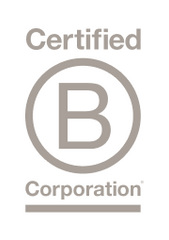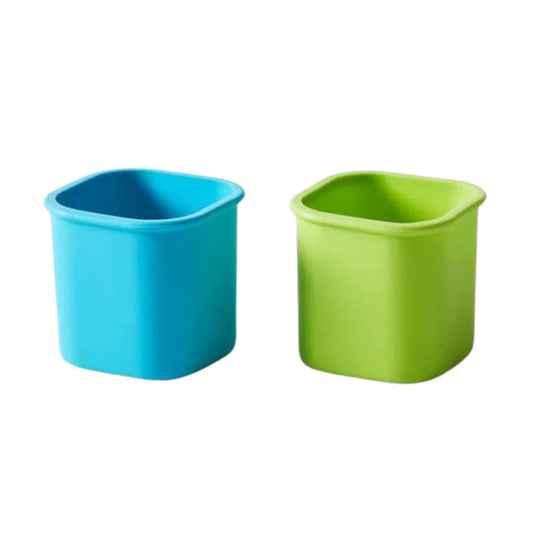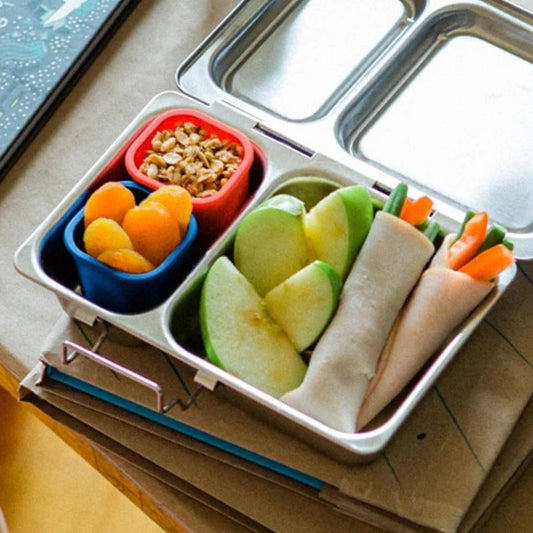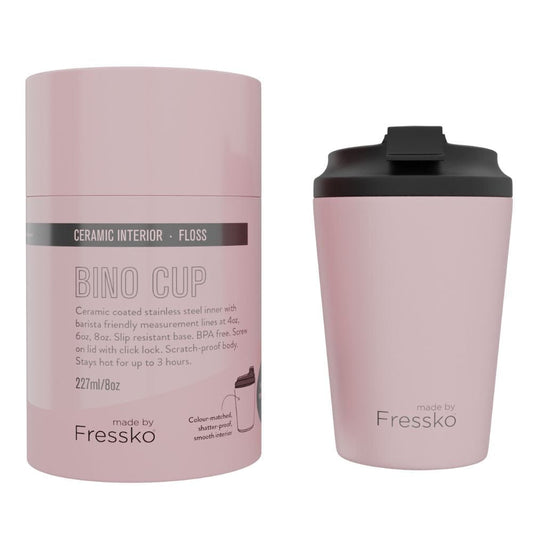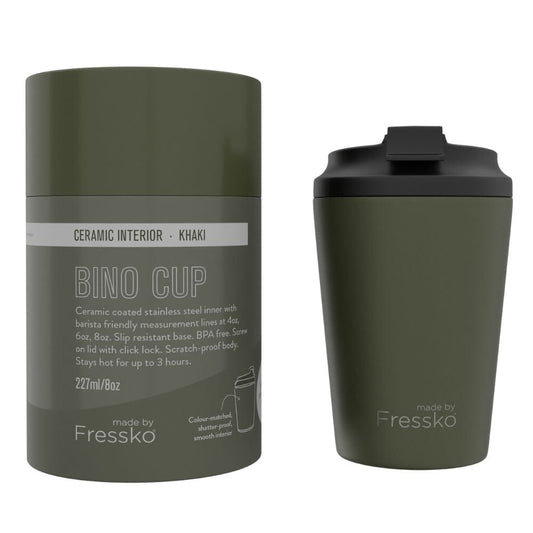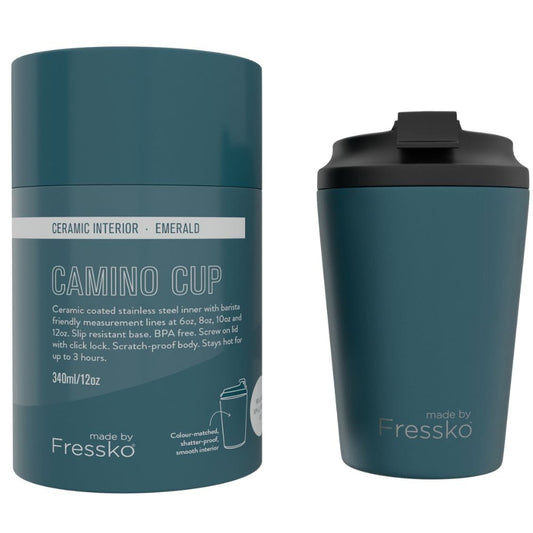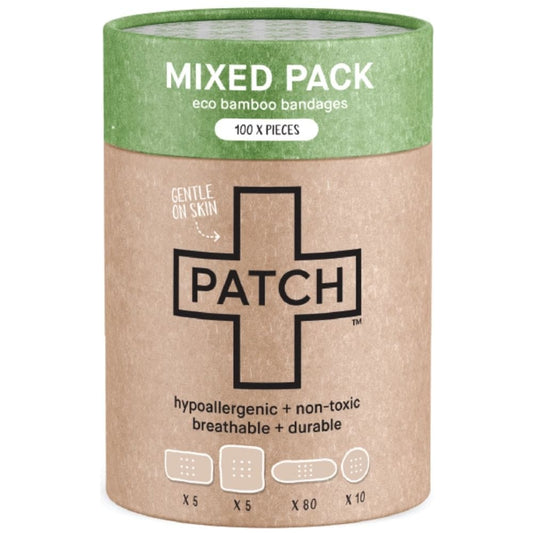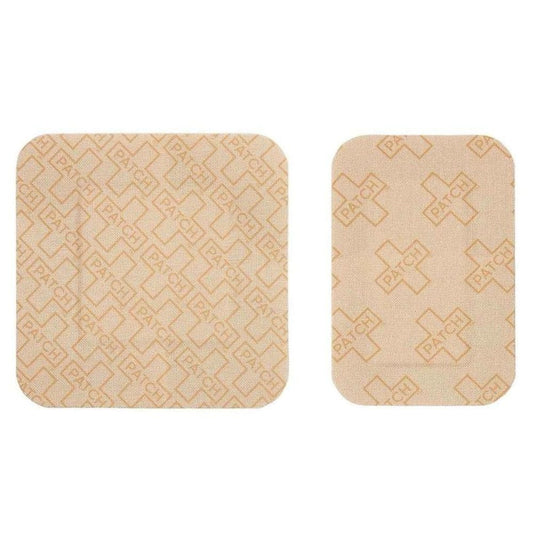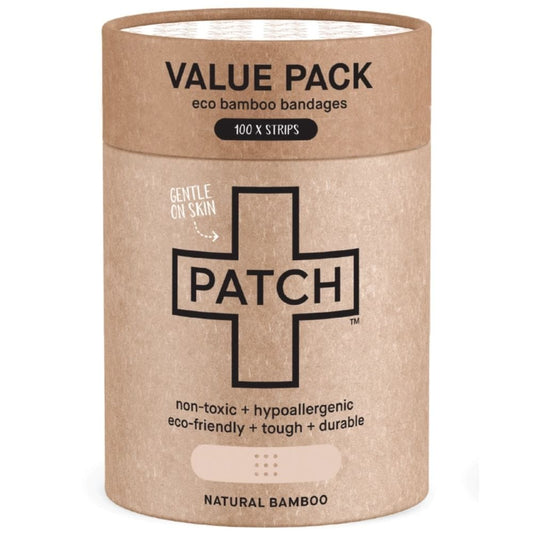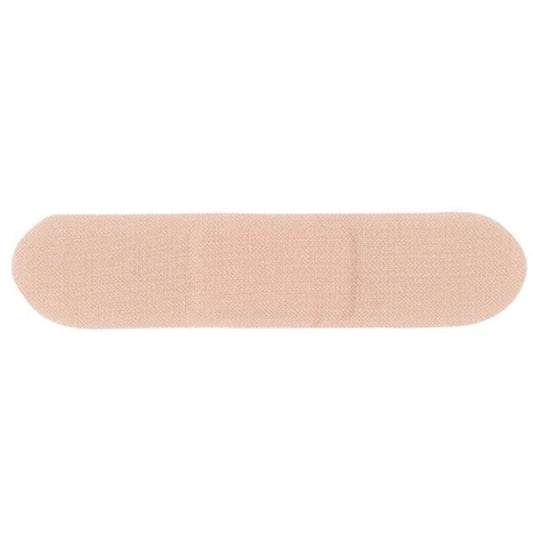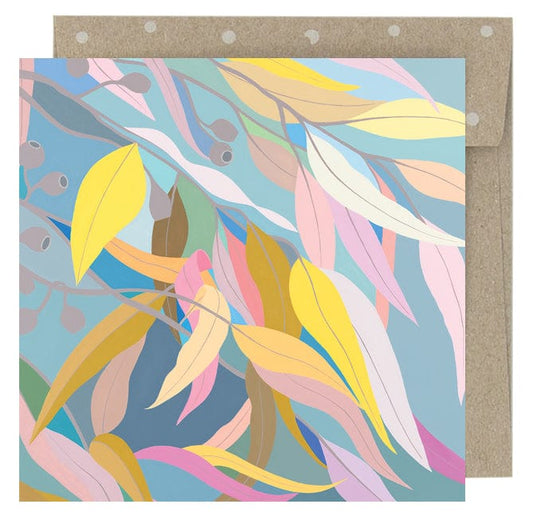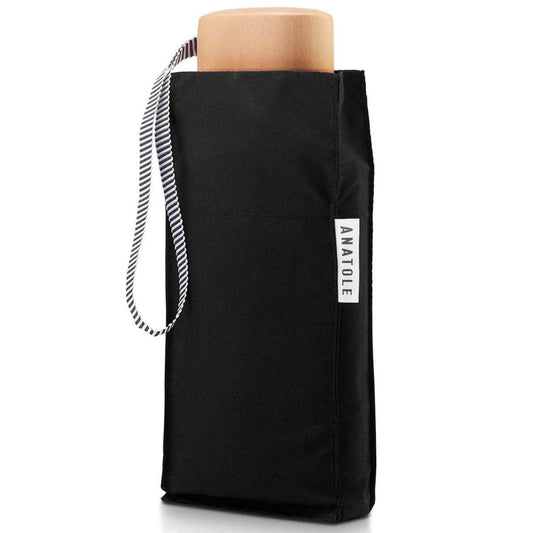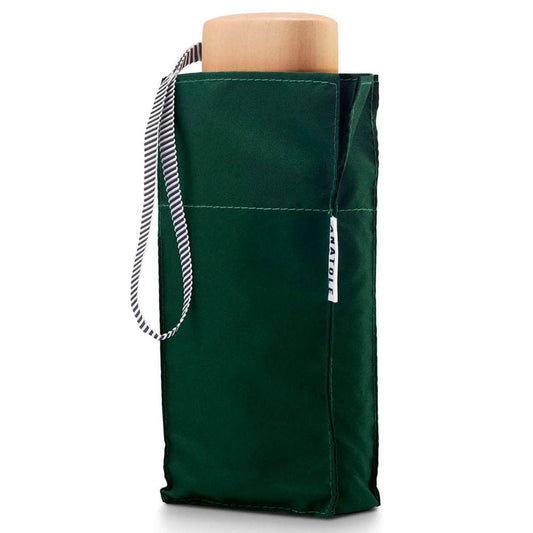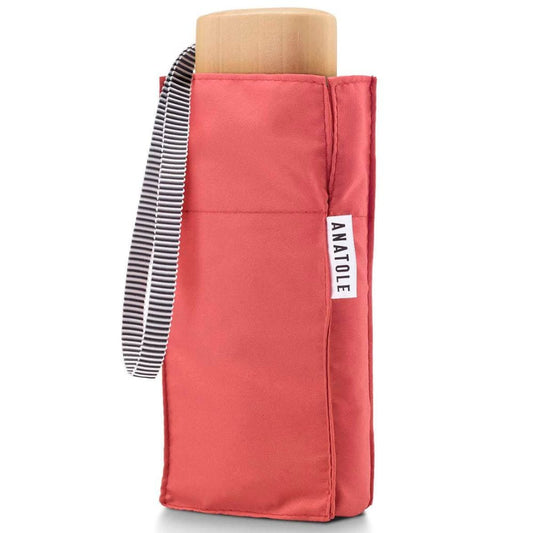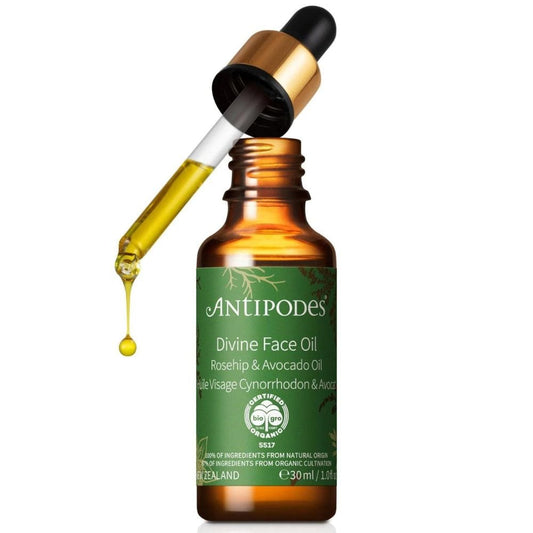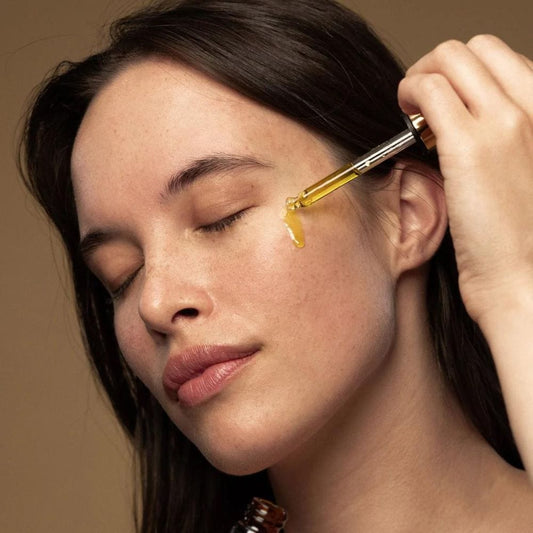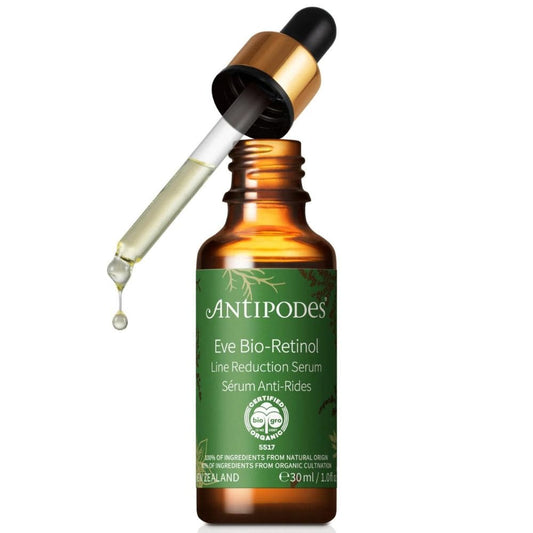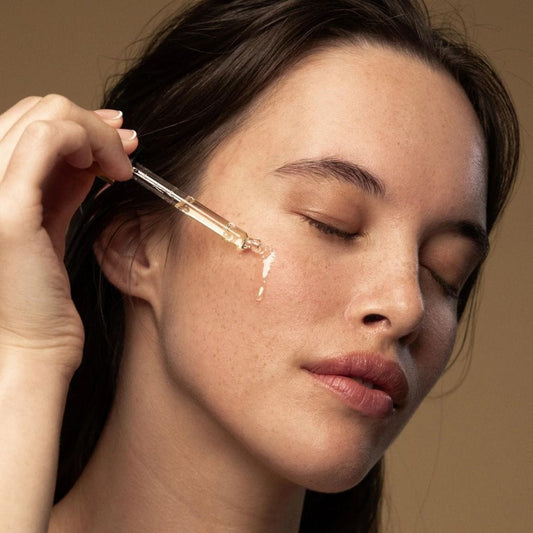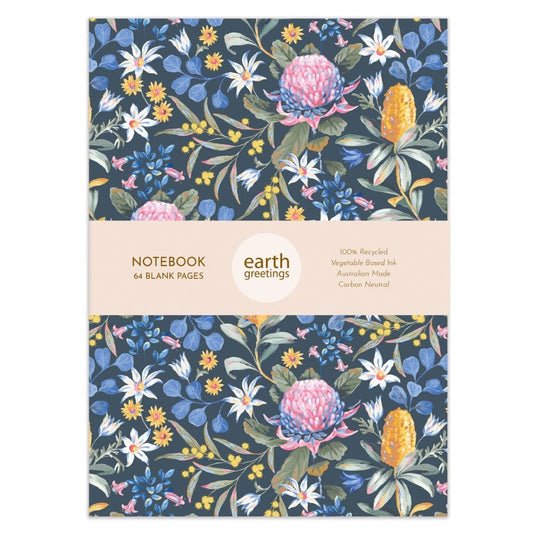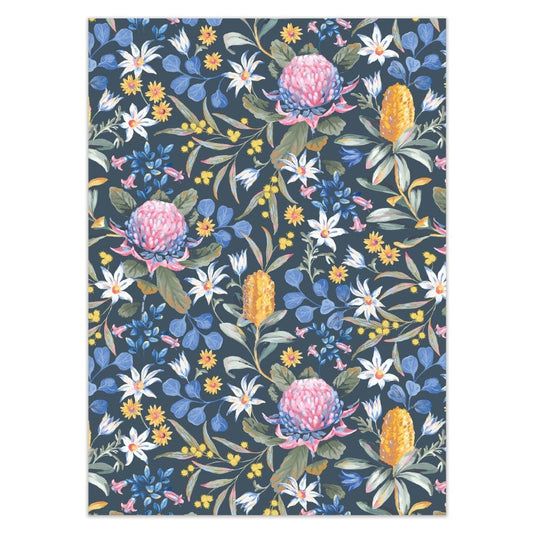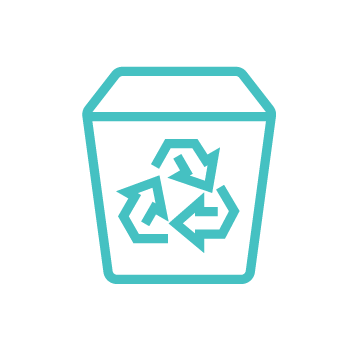 It has just dawned on me that the burning sensation I'm experiencing on my hands is due to the multiple times I'm washing them and applying hand sanitiser every day – even though I use natural soap and sanitiser free from irritating synthetic fragrances, preservatives and petrochemicals. Repetitive hand washing can damage the integrity of your skin as a barrier. Signs of a damaged skin barrier are redness, inflammation, itchiness, scaly skin, cracks, even bleeding. For some it can be a debilitating skin condition such as irritant or allergic contact dermatitis and eczema. Of course, we will all choose dry, sore hands over the risk of contracting COVID-19, but we can take steps to care for our skin's natural protective barrier. Our flexible outer casing of skin protects us from the elements, holds in moisture, produces oil that keeps our skin soft and supple, and is our first line of defence against pathogens entering our bodies. Tight cell junctions prevent microbes from passing through, but anytime there is a lesion, sore or crack, it is easier for irritants and bacteria to penetrate the skin. (1) Please be aware that medical experts state there is no known risk of Coronavirus entering your body through broken skin (2). Likely types of infection are bacterial, though healthy skin integrity can affect other aspects of our physical well being. That is why in hospitals one of the important aspects of basic patient-care is to maintain intact, healthy, moisturised skin. Here is what you can do to help avoid damage to your skin from diligent hand hygiene.
It has just dawned on me that the burning sensation I'm experiencing on my hands is due to the multiple times I'm washing them and applying hand sanitiser every day – even though I use natural soap and sanitiser free from irritating synthetic fragrances, preservatives and petrochemicals. Repetitive hand washing can damage the integrity of your skin as a barrier. Signs of a damaged skin barrier are redness, inflammation, itchiness, scaly skin, cracks, even bleeding. For some it can be a debilitating skin condition such as irritant or allergic contact dermatitis and eczema. Of course, we will all choose dry, sore hands over the risk of contracting COVID-19, but we can take steps to care for our skin's natural protective barrier. Our flexible outer casing of skin protects us from the elements, holds in moisture, produces oil that keeps our skin soft and supple, and is our first line of defence against pathogens entering our bodies. Tight cell junctions prevent microbes from passing through, but anytime there is a lesion, sore or crack, it is easier for irritants and bacteria to penetrate the skin. (1) Please be aware that medical experts state there is no known risk of Coronavirus entering your body through broken skin (2). Likely types of infection are bacterial, though healthy skin integrity can affect other aspects of our physical well being. That is why in hospitals one of the important aspects of basic patient-care is to maintain intact, healthy, moisturised skin. Here is what you can do to help avoid damage to your skin from diligent hand hygiene.
1. Use Real Soap, Not Artificial Soap
 Good old fashioned soap–either in bar form or liquid castille soap–is an incredibly simple thing! First invented by early humans when fat dripped into the ashes of their fire resulting in a substance that cleansed. Real soap is simply the product of vegetable or animal fat and an alkali (lye, potash or sodium hydroxide). Moisturising glycerine is a by-product of this process, and is traditionally left in the soap. However, mass consumer brands (such as Dove, Cussons) are known to remove the valuable glycerine and sell it off as a premium ingredient, replacing it with cheaper palm oil, tallow or petrochemical oil, along with many other additives. Here are the minimal, mositurising ingredients in a bar of our Dindi soap, which is far less likely to dry out your hands: Saponified olive oil, coconut oil, shea butter, macadamia oil, and sunflower oil, + essential oils of eucalyptus blue gum, lemon tea tree and sweet orange. By comparison, brands such as Dove and Cussons contain synthetic detergents, fragrances, and preservatives. No wonder they dry out and irritate your skin! Dove ingredients: Sodium Lauroyl Isethionate, Stearic Acid, Sodium Palmitate, Lauric Acid, Water, Sodium Isethionate, Sodium Stearate, Cocamidopropyl Betaine, Sodium Palm Kernelate, Glycerin, Fragrance, Sodium Chloride, Zinc Oxide, Tetrasodium Edta, Tetrasodium Etidronate, Alumina, Ci 77891. Cussons Imperial Leather ingredients: Sodium Palmate, Aqua, Sodium Palm Kernelate, Talc, Glycerin, Parfum, Sodium Chloride, Sodium Carbonate, Sodium Laureth Sulfate, Tetrasodium [DTA, Ettdronic Acid, Coumarin, Eugenol, Dnaloot, Benzyl Benzoate, Geraniol, (Wane;loll Alpha-lsomethyl lonone, CI 77891, CI 77220, CI 11680, CI 71105, CI 74260, CI 12490.
Good old fashioned soap–either in bar form or liquid castille soap–is an incredibly simple thing! First invented by early humans when fat dripped into the ashes of their fire resulting in a substance that cleansed. Real soap is simply the product of vegetable or animal fat and an alkali (lye, potash or sodium hydroxide). Moisturising glycerine is a by-product of this process, and is traditionally left in the soap. However, mass consumer brands (such as Dove, Cussons) are known to remove the valuable glycerine and sell it off as a premium ingredient, replacing it with cheaper palm oil, tallow or petrochemical oil, along with many other additives. Here are the minimal, mositurising ingredients in a bar of our Dindi soap, which is far less likely to dry out your hands: Saponified olive oil, coconut oil, shea butter, macadamia oil, and sunflower oil, + essential oils of eucalyptus blue gum, lemon tea tree and sweet orange. By comparison, brands such as Dove and Cussons contain synthetic detergents, fragrances, and preservatives. No wonder they dry out and irritate your skin! Dove ingredients: Sodium Lauroyl Isethionate, Stearic Acid, Sodium Palmitate, Lauric Acid, Water, Sodium Isethionate, Sodium Stearate, Cocamidopropyl Betaine, Sodium Palm Kernelate, Glycerin, Fragrance, Sodium Chloride, Zinc Oxide, Tetrasodium Edta, Tetrasodium Etidronate, Alumina, Ci 77891. Cussons Imperial Leather ingredients: Sodium Palmate, Aqua, Sodium Palm Kernelate, Talc, Glycerin, Parfum, Sodium Chloride, Sodium Carbonate, Sodium Laureth Sulfate, Tetrasodium [DTA, Ettdronic Acid, Coumarin, Eugenol, Dnaloot, Benzyl Benzoate, Geraniol, (Wane;loll Alpha-lsomethyl lonone, CI 77891, CI 77220, CI 11680, CI 71105, CI 74260, CI 12490.
2. Avoid Oil-Stripping Detergents in Liquid Soap
Many liquid soaps contain detergent rather than soap. Detergent based surfactants are very drying because they are designed to strip oils, just as detergent strips the grease off your dirty dishes. However, you can choose liquid soaps made in the traditional saponification process. Detergent, even when claimed to be ‘natural', is a synthetic substance made in a multi-step process, with names such as Cocamidopropyl Betaine. Liquid shampoo and hand wash are detergents, along with dish washing and laundry detergent, shampoo. Detergents contain no glycerine and are designed to strip oils, and that is why we need to add back in some moisture afterwards such as conditioner after shampooing. To illustrate the difference, here are the ingredients in our Olieve Hand & Body wash, a naturally thick, moisturising liquid soap made from saponification. Notably, there is no water in the ingredients. Saponified soaps of extra virgin olive oil, coconut oil, & castor oil, pure water, sodium borate & essential oils of lemon myrtle. Here are the ingredients in Sukin 'natural' liquid hand wash which is detergent-based. Water is the predominant ingredient. Water (Aqua), Aloe Barbadensis Leaf Juice, Cocamidopropyl Betaine [synthetic detergent], Decyl Glucoside [synthetic detergent/surfactant], PEG-150 Pentaerythrityl Tetrastearate [synthetic emulsifier/thickener], Chamomilla Recutita (Matricaria) Flower Extract (Chamomile), Yucca Schidigera Root Extract, Lavandula Angustifolia (Lavender) Flower Extract , Rosa Canina Fruit Oil (Rose Hip), Simmondsia Chinensis (Jojoba) Seed Oil, Persea Gratissima (Avocado) Oil, Tocopherol (Vitamin E), Glycerin, Citrus Tangerina (Tangerine) Peel Oil, Citrus Nobilis (Mandarin Orange) Peel Oil, Lavandula Angustifolia (Lavender) Oil, Vanillin, Sodium Chloride, Citrus Paradisi (Grapefruit) Seed Extract, Vanilla Planifolia Fruit Extract, Phenoxyethanol [synthetic preservative], Benzyl Alcohol, Limonene, Linalool. The vast difference in the ingredients explains why you will find the Olieve liquid soap to be more expensive per volume, because it is 100% luscious liquid soap and not watered down. You can water down yourself at home if you wish. See all our liquid soaps and bar soaps
To illustrate the difference, here are the ingredients in our Olieve Hand & Body wash, a naturally thick, moisturising liquid soap made from saponification. Notably, there is no water in the ingredients. Saponified soaps of extra virgin olive oil, coconut oil, & castor oil, pure water, sodium borate & essential oils of lemon myrtle. Here are the ingredients in Sukin 'natural' liquid hand wash which is detergent-based. Water is the predominant ingredient. Water (Aqua), Aloe Barbadensis Leaf Juice, Cocamidopropyl Betaine [synthetic detergent], Decyl Glucoside [synthetic detergent/surfactant], PEG-150 Pentaerythrityl Tetrastearate [synthetic emulsifier/thickener], Chamomilla Recutita (Matricaria) Flower Extract (Chamomile), Yucca Schidigera Root Extract, Lavandula Angustifolia (Lavender) Flower Extract , Rosa Canina Fruit Oil (Rose Hip), Simmondsia Chinensis (Jojoba) Seed Oil, Persea Gratissima (Avocado) Oil, Tocopherol (Vitamin E), Glycerin, Citrus Tangerina (Tangerine) Peel Oil, Citrus Nobilis (Mandarin Orange) Peel Oil, Lavandula Angustifolia (Lavender) Oil, Vanillin, Sodium Chloride, Citrus Paradisi (Grapefruit) Seed Extract, Vanilla Planifolia Fruit Extract, Phenoxyethanol [synthetic preservative], Benzyl Alcohol, Limonene, Linalool. The vast difference in the ingredients explains why you will find the Olieve liquid soap to be more expensive per volume, because it is 100% luscious liquid soap and not watered down. You can water down yourself at home if you wish. See all our liquid soaps and bar soaps
3. Go Fragrance Free
Try to avoid all forms of parfum and synthetic fragrance because they are highly irritating and drying, often being alcohol based. Some people may also find essential oils can still cause contact eczema and irritation. We highly recommend this luscious cream soap paste, a soap and a moisturiser in one, made purely from water and saponified oils of Argan Oil, Castor Oil, Coconut Oil, Jojoba Oil, Macadamia Oil, and Olive Oil Here is great quality soap bar by Mokosh that is made purely from certified organic extra virgin olive oil, lye, and rosemary leaf extract!
Here is great quality soap bar by Mokosh that is made purely from certified organic extra virgin olive oil, lye, and rosemary leaf extract! 
4. Apply Moisturiser
Each time after hand-washing, gently pat dry until just damp (do not rub), then apply a liberal amount of nourishing moisturiser. Ideally, a moisturiser without any synthetic fragrances, preservatives or petrochemicals, such as our most popular choice among Biome customers, Olieve Hand Cream. See all our moisturisers here for Hands | Body | Face
See all our moisturisers here for Hands | Body | Face
5. DIY Hand Mask
Just like a face mask, apply an exfoliating and nourishing mask to your hands made using ingredients you can find at home. Recipe 1: One avocado, 2 tablespoons of raw local honey, 1 tablespoon of olive oil or coconut oil, 2 teaspoons of plain yoghurt or water. Blend all ingredients in a food processor. Smear over hands and sit peacefully for 10 minutes allowing the mask to penetrate. Recipe 2: Simply rub a generous amount of coconut oil into your hands and cuticles. Wrap each hand in a light towel. Sit for 10 minutes. Wipe off excess and allow the remainder to soak in. Recipe 3: Mix together 1/4 cup of sugar (any sugar you have at home) and 1/8 cup of olive oil or coconut oil. Add juice of half a lemon and mix. Massage the mix all over your hands. Rinse off in warm water. Apply moisturiser. Before bed, massage a rich moisturising cream into your hands and wear some washable cotton gloves to bed.6. Wear Gloves When Cleaning
Always wear gloves when washing up and cleaning the home: washing up liquids are designed to strip oils and grease from the pots and pans, and they do them same to your hands. You're washing your hands enough without them needing an extra harsh cleanse. Similarly, the harsh chemicals in cleaning products can damage your skin. This post is not medical advice. If your hands are red, inflamed, itchy, swollen or painful, be sure to seek advice from a medical practitioner.References (1) https://www1.health.gov.au/internet/publications/publishing.nsf/Content/ohp-enhealth-manual-atsi-cnt-l~ohp-enhealth-manual-atsi-cnt-l-ch1~ohp-enhealth-manual-atsi-cnt-l-ch1.4 (2)The Coronavirus can not enter through your skin according to the Queensland Government Health Department. How does COVID-19 spread from person to person?
Like any living organism, viruses like to multiply and spread to make sure they'll survive. SARS-CoV-2 spreads from person to person through droplets that an infected person sneezes or coughs out. These droplets carrying SARS-CoV-2 can enter your body through the mucous membranes (wet parts) of your face – your eyes, nose and mouth – which provide a direct pathway to your throat and lungs. The good news is that it can't get in through other parts of your body like your skin or your hair, but you might be surprised just how easily it can get to the mucous membranes of your face. First of all, the droplets from someone's cough or sneeze might fall directly into your eyes, nose or mouth if you're close enough to the infected person, letting the virus enter your system straight away. Or, the droplets might fall onto a surface where you then put your hands. If you don't wash your hands, you could move the virus into your eyes, nose or mouth and become infected. The infected person might also get the droplets on their hands if they cough or sneeze into them, and then place them on a surface, where you pick them up. Direct membrane-to-membrane contact can also spread the virus. This could happen by kissing. The virus can also be spread by sharing items that go in your mouth, eyes or nose, like cutlery, cups, straws, water bottles or cosmetics. https://www.health.qld.gov.au/news-events/news/novel-coronavirus-covid-19-how-it-spreads-transmission-infection-prevention-protectionHow long does Coronavirus last on surfaces?
A recent study of the novel coronavirus found that it could live for three days on plastic and steel. If you are ordering lots of supplies online, you may be relieved to know that the virus did poorly on cardboard — it disintegrated over the course of a day. It survived for about four hours on copper. Whether a surface looks dirty or clean is irrelevant. If an infected person sneezed and a droplet landed on a surface, a person who then touched that surface could pick it up. How much is required to infect a person is unclear. But as long as you wash your hands before touching your face, you should be OK, because viral droplets don't pass through skin. https://www.nytimes.com/article/coronavirus-how-it-spreads.htmlMore reading: https://www.sciencelearn.org.nz/resources/177-the-body-s-first-line-of-defence WHO Guidelines on Hand Hygiene in Health Care: First Global Patient Safety Challenge Clean Care Is Safer Care. https://www.ncbi.nlm.nih.gov/books/NBK144008/ https://www.insider.com/does-dish-soap-kill-germs https://www.beckystallowtreasures.com/blogs/news/116322756-the-dirty-truth-about-bar-soap
